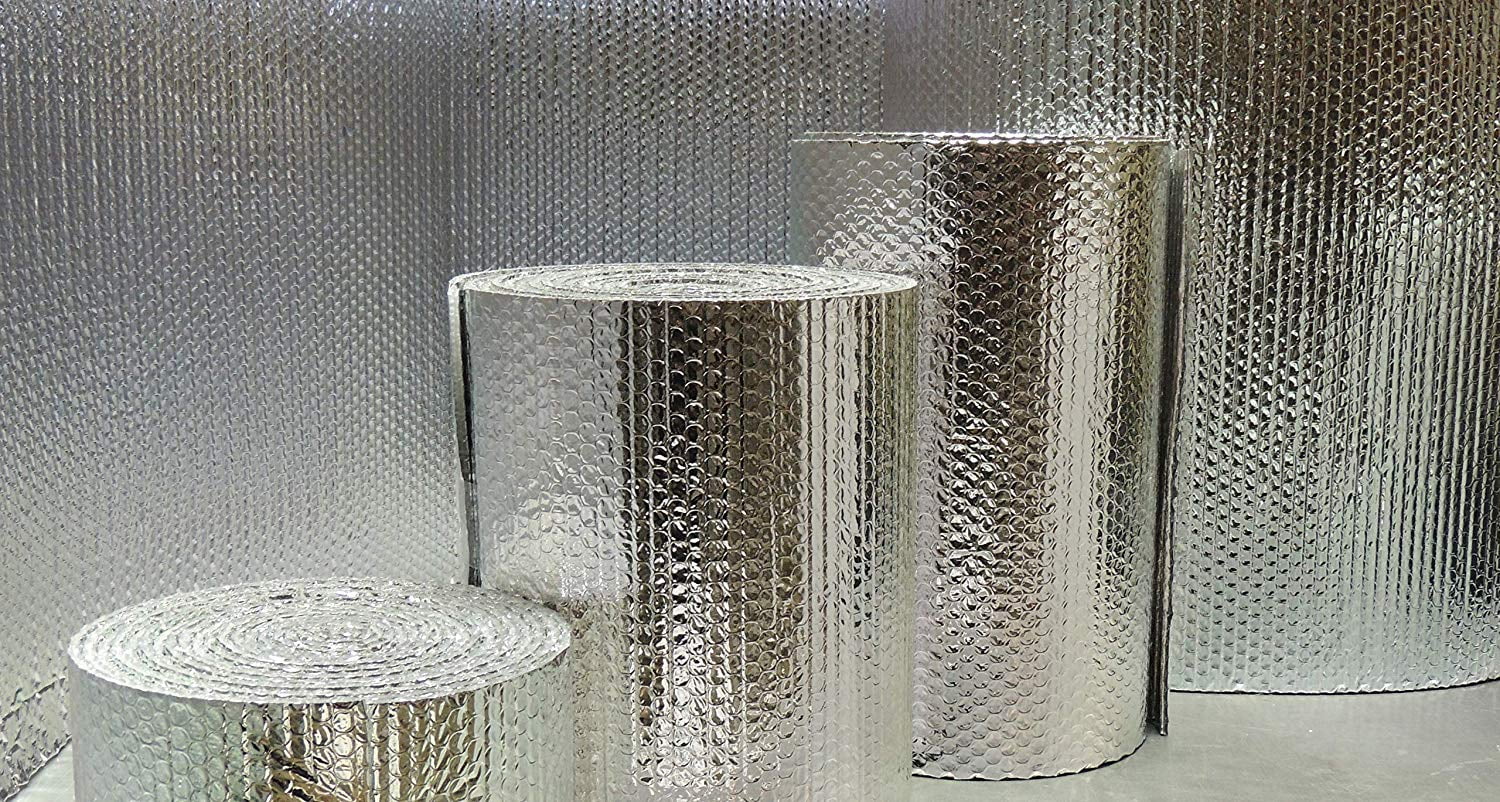Where to Use Foil Bubble Insulation: 6 Unexpected Places You Should Know
Are you familiar with foil bubble insulation but only think about using it in attics or basements? While it’s popular in these traditional areas, foil bubble insulation has numerous other applications that many homeowners miss out on. Using it strategically can significantly improve energy efficiency, comfort, and even extend the life of your equipment and structures. In this article, we'll explore six unexpected but highly effective places to install foil bubble insulation.

What Exactly is Foil Bubble Insulation?
Foil bubble insulation, also known as reflective bubble wrap insulation, consists of layers of polyethylene bubbles sandwiched between aluminum foil sheets. It functions by reflecting radiant heat, making it incredibly effective at maintaining stable indoor temperatures. Its lightweight and flexible nature means it can easily fit into spaces where traditional insulation struggles to perform. Besides excellent thermal resistance, it also provides an effective moisture barrier.
Traditional Areas for Foil Bubble Insulation
Before exploring unexpected uses, let's briefly highlight its common applications:
Attics and Roofs
Foil bubble insulation installed beneath roofs or attic rafters significantly reduces heat transfer, resulting in lower energy bills and enhanced indoor comfort year-round.
Walls and Basements
It's often used behind drywall or paneling to enhance moisture control and heat retention, protecting your home’s structure and boosting efficiency.
6 Unexpected Places to Use Foil Bubble Insulation
Garages and Workshops
Garages often experience extreme temperature swings, affecting vehicles, equipment, and even projects you're working on. Foil bubble insulation effectively stabilizes temperatures, preventing tools from rusting, keeping vehicles comfortable, and making workshops usable in extreme conditions.
Quick tip: Insulate garage doors to reduce outdoor heat or cold transfer significantly.
HVAC Ductwork
Surprisingly, your HVAC ducts can greatly benefit from foil bubble insulation. Wrapping ductwork reduces heat loss or gain, meaning your heating and cooling systems won't have to work as hard. According to the U.S. Department of Energy, adequately insulated ducts can improve your HVAC efficiency by up to 20%.
RVs and Camper Vans
If you're a travel enthusiast, using foil bubble insulation in your RV or camper van can drastically improve your travel comfort. Its lightweight, flexible characteristics make it ideal for mobile homes, ensuring optimal thermal performance without adding significant weight.
Bonus: Reflective insulation can dramatically reduce heating and cooling costs while traveling or camping.
Greenhouses and Garden Sheds
Temperature control is crucial for successful gardening. Lining your greenhouse or garden shed with foil bubble insulation helps regulate internal temperatures, protecting plants from frost in winter and overheating in summer, leading to healthier plant growth year-round.
Water Heaters and Pipes
Heat loss from pipes and water heaters can waste significant energy and money. Wrapping them with foil bubble insulation is a simple and effective way to reduce heat loss, improve efficiency, and ultimately lower your energy bills.
Fact: Insulating pipes can reduce heat loss by up to 80%, according to Energy Star.
Crawl Spaces
Crawl spaces are often overlooked but insulating them offers significant benefits. Foil bubble insulation helps manage moisture, prevent mold, deter pests, and maintain more stable indoor temperatures. This improves your home's comfort and can even reduce overall heating and cooling expenses.
Tips for Installing Foil Bubble Insulation Effectively
To ensure optimal results, keep these simple tips in mind during installation:
- Seal tightly: Proper sealing prevents air leaks and maximizes insulation performance.
- Face reflective side outward: The reflective side should face the direction from where heat or cold originates.
- Maintain air gaps: For maximum effectiveness, leave a small gap between the insulation and the surface.
Common pitfalls include inadequate sealing or improper installation orientation, leading to reduced insulation effectiveness. Follow manufacturer guidelines for the best results.
Conclusion
Foil bubble insulation isn't just for attics and basements—it has impressive versatility. From garages and ductwork to RVs and greenhouses, the unexpected places listed above offer practical and beneficial opportunities for its use. By expanding your insulation strategy, you'll enhance comfort, energy efficiency, and even save money.
Where could you benefit most from foil bubble insulation? Chances are, there’s an opportunity right in your own home or outdoor space you haven’t considered yet.
Ready to Get Started?
We'd love to hear your insulation success stories or project ideas. Share your thoughts in the comments, and subscribe for more innovative, energy-saving tips delivered directly to your inbox!

